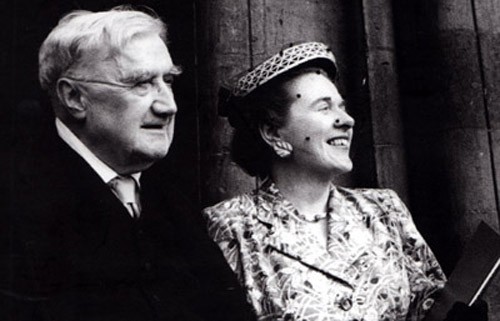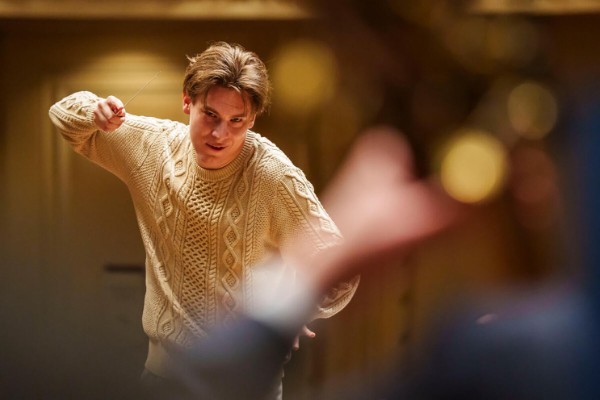Celebrated Finnish composer Jean Sibelius and his wife Aino were married for sixty-five years, from 1892 to 1957. It was one of the longest marriages in classical music history.
Between 1903 and 1904, the couple famously built a rustic house in the Finnish countryside and dubbed it Ainola, or “Aino’s Place.”
Here they raised their six daughters and endured six decades’ worth of triumphs and tragedies.
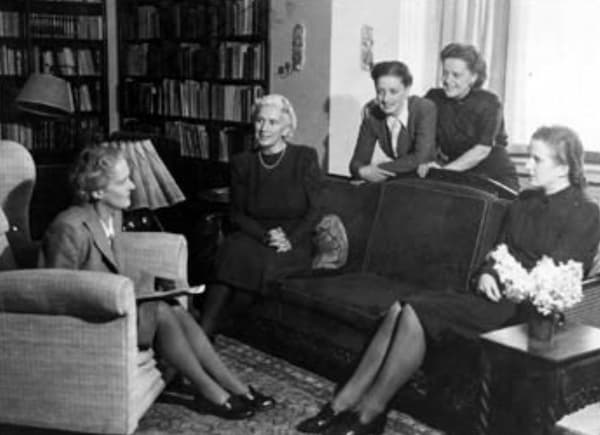
Katarina, Eva, Heidi, Ruth, and Margareta Sibelius
Today, we’re looking at the Sibelius marriage through the eyes of their six daughters: Eva, Ruth, Kirsti, Katarina, Margareta, and Heidi, as well as their memories of their famous father.
Eva Sibelius Paloheimo (1893–1978)
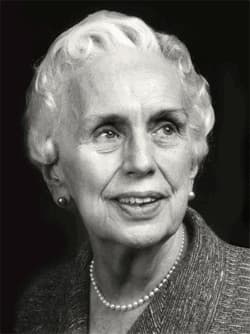
Eva Sibelius Paloheimo
In the 1930s, Eva Sibelius Paloheimo wrote about her childhood: “I must admit that we had an unusually enjoyable and happy childhood and youth.”
However, she also remembered days of tension and financial worries.
She wrote that as a child, she often thought about meeting the mailman and destroying evidence of any bad reviews, because these upset both her father and her mother so intensely.
Eventually, she decided not to, in case he would start thinking that nobody cared about his music at all!
She had picturesque memories, too:
“At night, when we had been sleeping for a long time, we could wake up to papa playing: it was warm, the moon was shining from another direction than it usually did, it would have been quite a spooky feeling, but papa’s playing was safe, comforting: papa was our father, he was steering the ship of Ainola through the dangers of the world, through the storms, and maybe one day he would be famous.”
Starting in January 1906, the year she turned thirteen, Eva moved to Helsinki for school, but she came back home on weekends and holidays.
In 1907, Eva and her younger sister Ruth threw a party for both girls and boys while their parents were traveling in Germany. “Looking back, I am really astonished at how liberal our father was,” she remarked.
In 1911, Eva got engaged to one of the attendees of that memorable party, businessman Arvi Paloheimo. They were married on her parents’ wedding anniversary, 10 June 1913.
Over the course of their marriage, the Paloheimos lived in Käkisalmi, St. Petersburg (although they left once the Russian Revolution began in 1917), and Helsinki.
As Aino aged, Eva stepped into the role of matriarch and family representative. She got the reputation of being the sister who would get things done.
In 1957, she was at her father’s deathbed with her sister Katarina. Jean’s final words were “Eva and Kai.”
Ruth Sibelius Snellman (1894–1976)
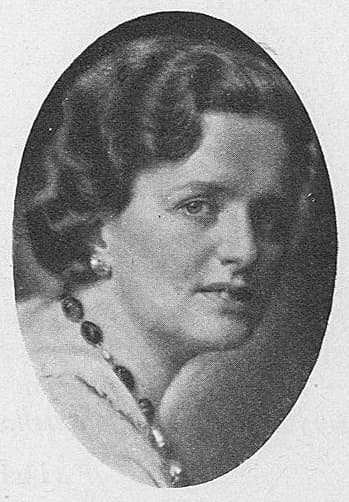
Ruth Sibelius Snellman
Ruth was an adventurous child. When Sibelius went on concert tours, he showed Ruth where he kept his pistol, just in case it would be needed during his absence.
In 1908, she joined her older sister Eva in Helsinki for school, returning to Ainola for vacations and holidays.
Even as a child, she was fascinated by the theater and longed to become an actress. She was overjoyed when her parents allowed her to enroll in theater school. She made her debut at the National Theater in 1913.
While working at the theater, she met and fell in love with an actor colleague named Jussi Snellman, who was fifteen years older than her. Jean and Aino weren’t happy about the age difference, but reluctantly welcomed him into the family.
They were married in July 1916 and settled in Helsinki. They had two children, and Snellman worked at the National Theater until 1947.
Kirsti Sibelius (1898–1900)
Kirsti was the Sibelius’ third daughter, born in 1898. Tragically, she died of typhoid fever in February 1900.
Both parents were devastated by her death. After she passed, Jean began relying on alcohol more and more. His addiction would eventually develop into a serious problem.
In mid-1900, a patron offered to pay for the family to travel to Italy, where it was hoped Sibelius would be able to process his grief and be creatively inspired.
The family set off in October, stayed in Berlin for several months, then arrived in the Italian coastal town of Rapallo. There, Jean began writing what would become his second symphony.
Jean Sibelius: Symphony No. 2
Katarina Sibelius Ilves (1903–1984)
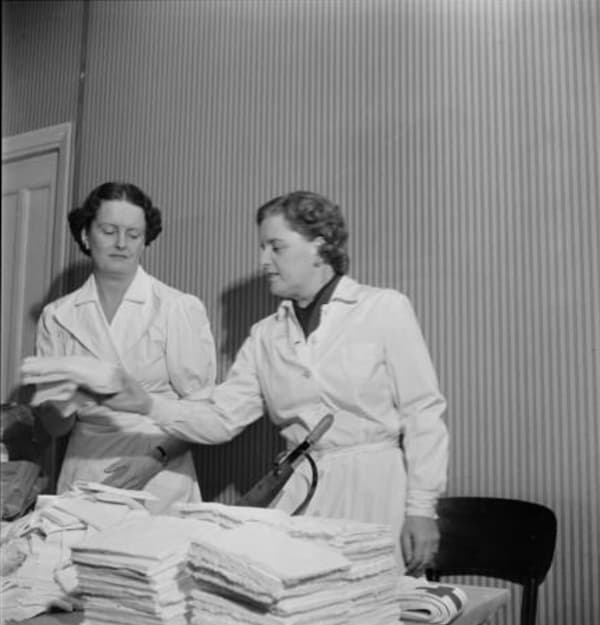
Ruth and Katarina Sibelius, 1940s
Katarina was viewed as her father’s favorite.
As an adult, she wrote about growing up at Ainola:
“When father was at home, he filled the whole house. There was somehow a very safe and pleasant atmosphere. When he was away, we children were more free, we could play and sing. But there was an emptiness. His personality radiated everywhere, and he gave a tremendous feeling of security.”
However, just like Ruth, she remembers stresses about finances:
“Father sometimes fretted over not being able to spend time on his great works. He had to write small pieces for a living. We children said: ‘Then why do you write them, if you don’t want to?’ Father: ‘So that you can get sandwiches.’ We: ‘But we can eat something else.’”
She was the most musical daughter and was the best at piano playing and composition. However, she also had an independent streak. After Jean corrected the technique of one of her early compositions, she abandoned the piece because she felt it was no longer her own after his intervention.
In 1917, the year after Ruth got married, Katarina moved to Helsinki to go to school. Her schooling was interrupted by the 1918 Finnish Civil War, but she graduated in 1920. She then left for Stuttgart, Germany, to study piano.
In 1924, she married lawyer Eero Ilves. Just like in Ruth’s marriage, there was an age difference: Katarina was 21 while Eero was 37. Eero became a trusted member of the family and even filed Jean’s tax returns for him.
Margareta Sibelius Jalas (1908–1988)
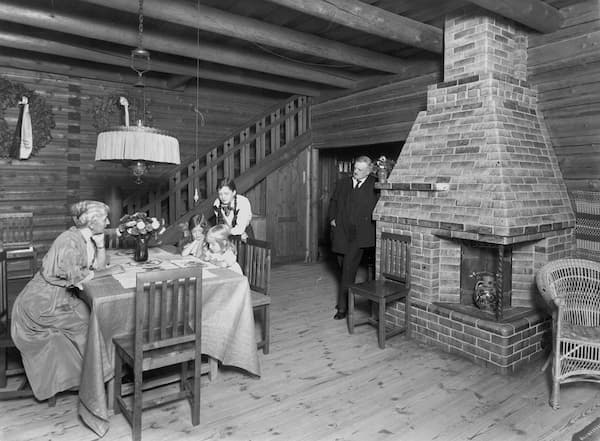
Sibelius family in Ainola, 1915
Margareta Sibelius was the first daughter born at Ainola.
The year that she was born, her eldest sisters Eva and Ruth had already relocated to Helsinki for school. The age differences between the sisters impacted the family dynamics.
She later explained,
“Heidi and I were lonely children. In our time the flourishing social life of the artistic families in Tuusula was over. There were no more of these theatre performances, balls, crayfish-catching trips or small flirtations that people have talked about so much. Our elder sisters, Eva, Ruth and Katarina, had eagerly taken part in these activities but when we reached the same age, they and their companions had already left home – most of them were in Helsinki and married.”
Like Katarina, Margareta was musical, but unlike her sister, she chose to specialise in violin. Jean brought out his old violin for her to use as an instrument.
However, none of the children were allowed to practice when Jean was working:
“Father’s work also restricted our family life. All of us daughters studied music – the piano – and I also studied the violin and the viola, but we were never allowed to practise when papa was present. It was when he went for his daily long walk in the park of Ainola and in the woods – the Temple, as he called it – that we practised our music. When he came back, the house was quiet again.”
In 1923, when she was fifteen, she fell in puppy love with fellow teenager Jussi Blomstedt, who would later change his name to Jussi Jalas. The two dated for six years before marrying in the summer of 1929.
Jalas would go on to become a conductor and composer. Margareta also became involved in music professionally, earning a university degree and taking a job as a clerk at the Sibelius Academy.
She became the last surviving Sibelius child, dying in 1988.
Heidi Sibelius Blomstedt (1911–1982)
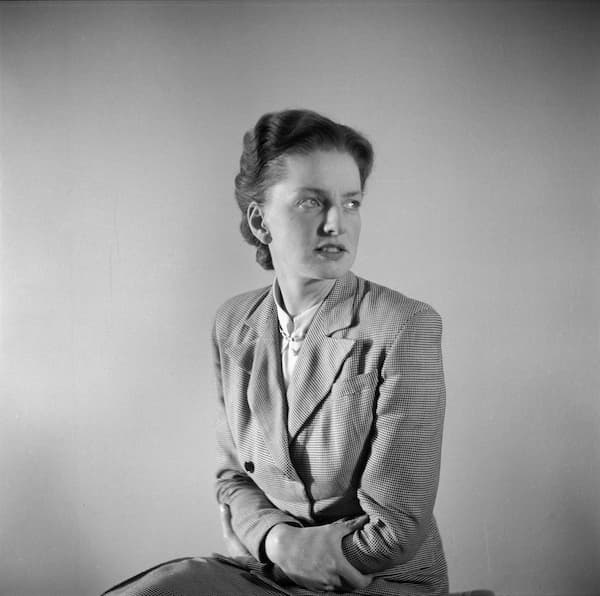
Heidi Sibelius Blomstedt
Heidi Sibelius was the baby of the family.
She later remembered:
“Mother taught us, and when Piiu [Margareta] went off to school, I was alone for a couple of years. I myself started in the fourth class when I went to secondary school. But papa and mama were sweet and gave a lot of time to me, when I think about it afterwards. I think that as the youngest child, I was spoiled in a way that my elder sisters perhaps were not.”
She started going to school in Helsinki in 1924. Later she studied design at the Ateneum School of Art.
At Margareta’s 1929 wedding, Heidi danced with the groom’s brother, an architect named Aulis Blomstedt. They were married in 1932.
That same year, she graduated from the Taik School of Art and Design in Helsinki with a degree in ceramics. She would work as a designer and ceramicist.
Between 1937 and 1946, the couple had four children.
The family lived in Helsinki, but Heidi, like all of the surviving Sibelius daughters, often returned to Ainola to assist their ageing parents.
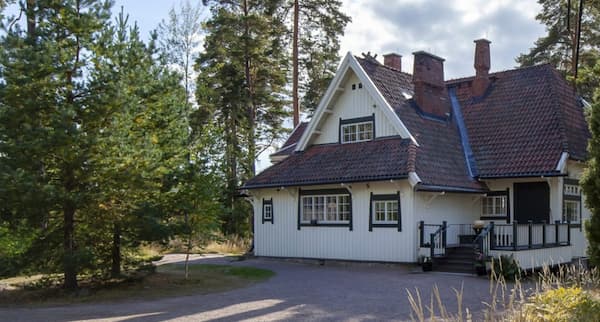
Ainola Museum © ainola.fi
Today, Ainola is a museum, and you can go and see the home where Sibelius composed and his daughters grew up.
For more of the best in classical music, sign up for our E-Newsletter

